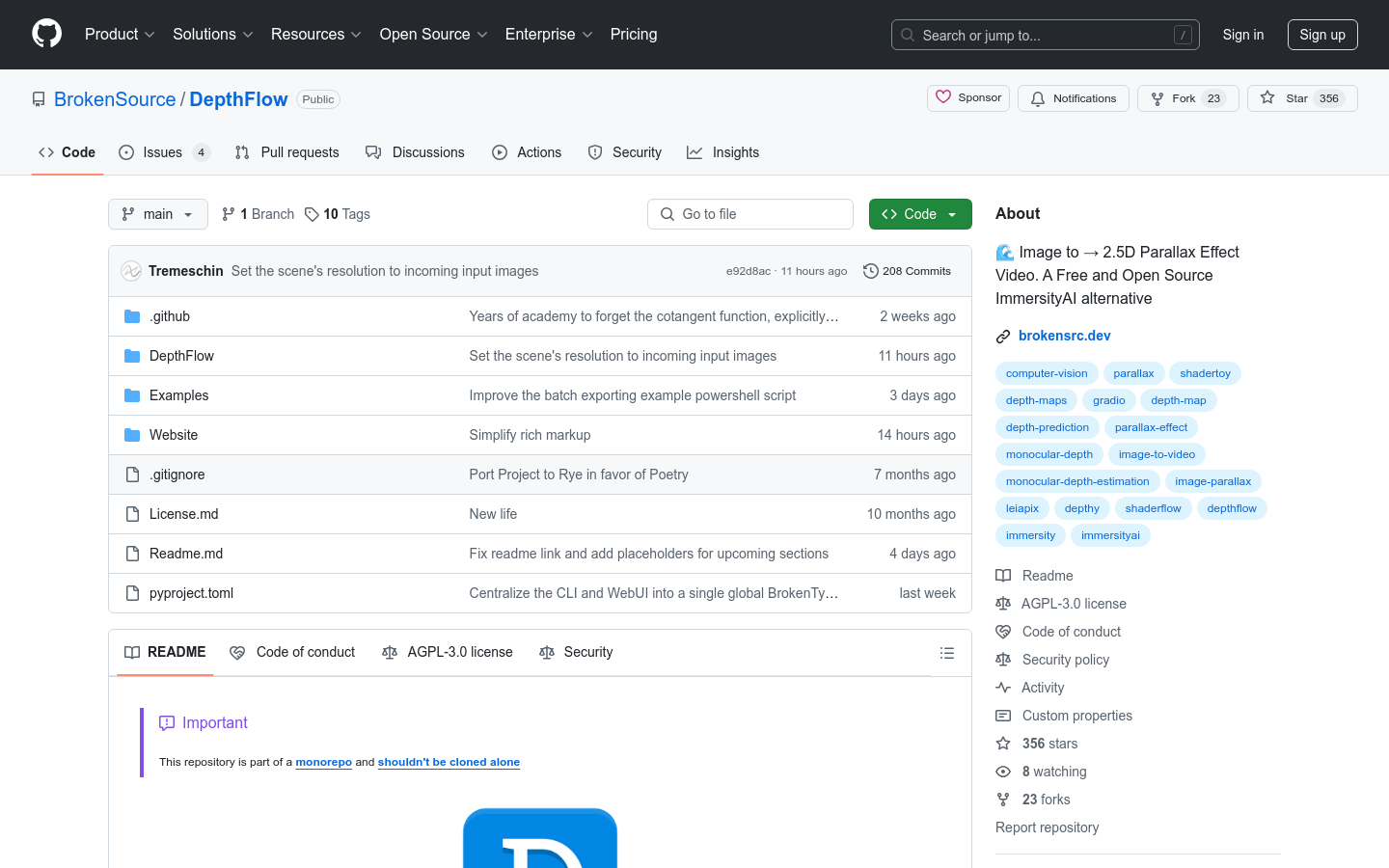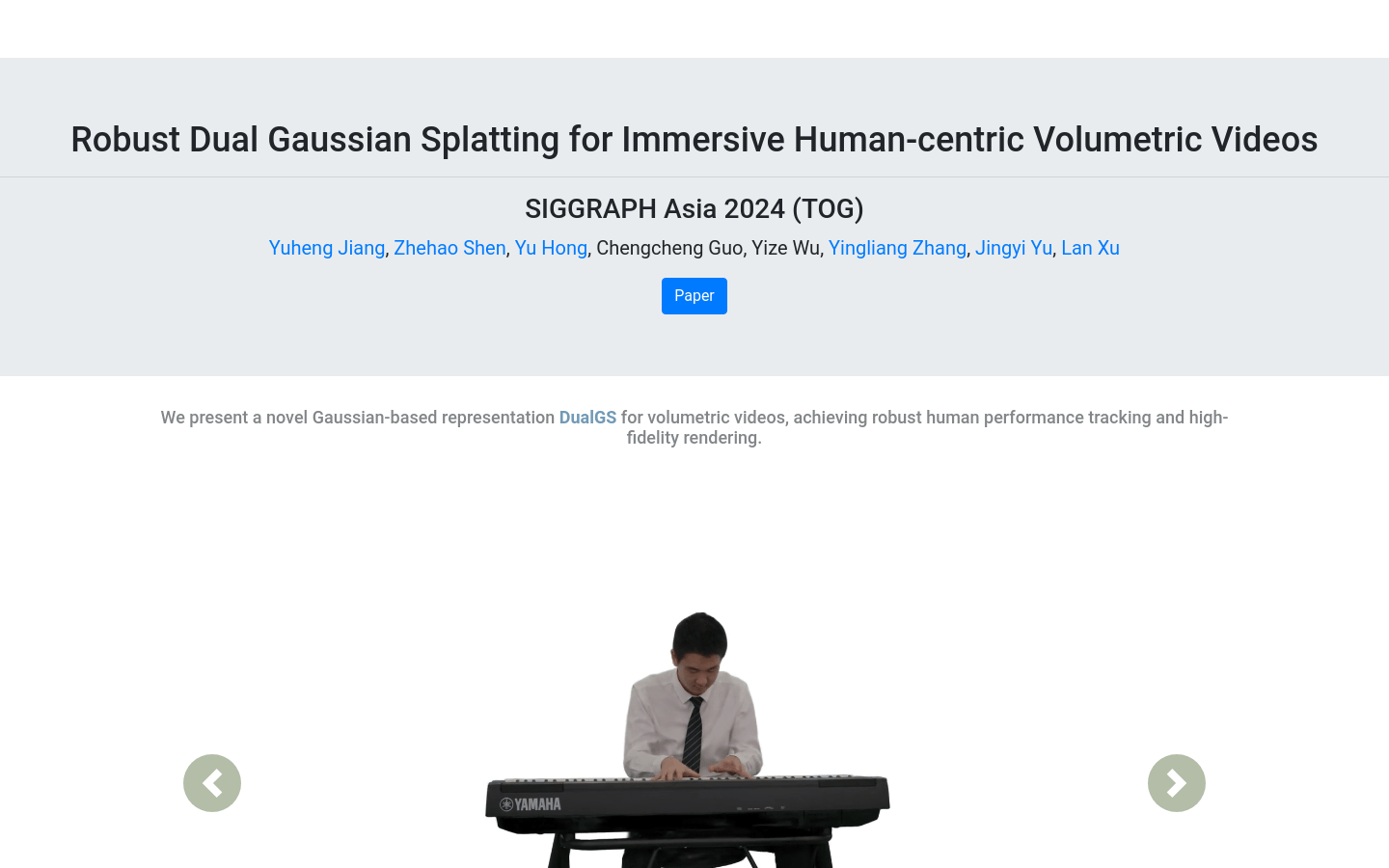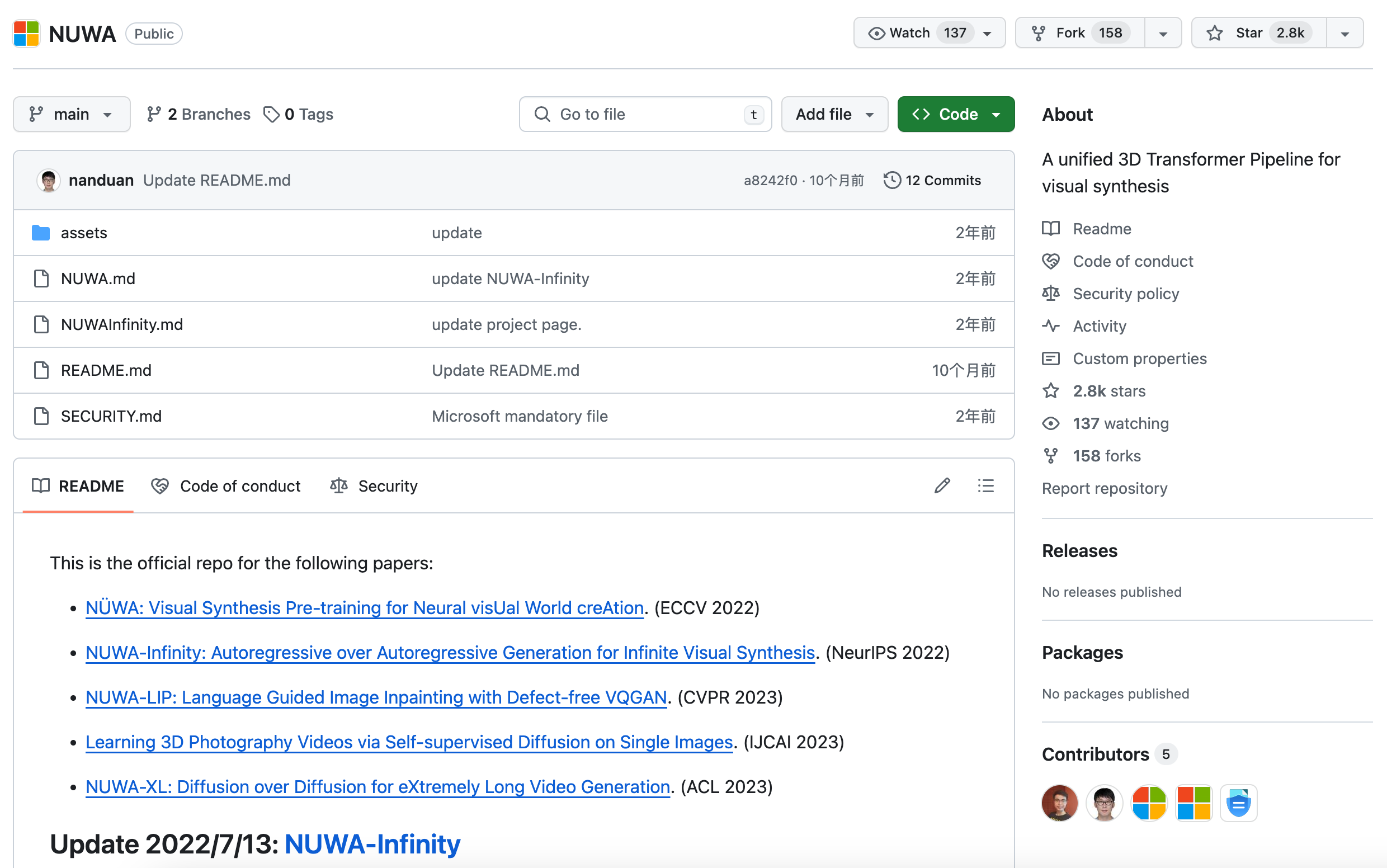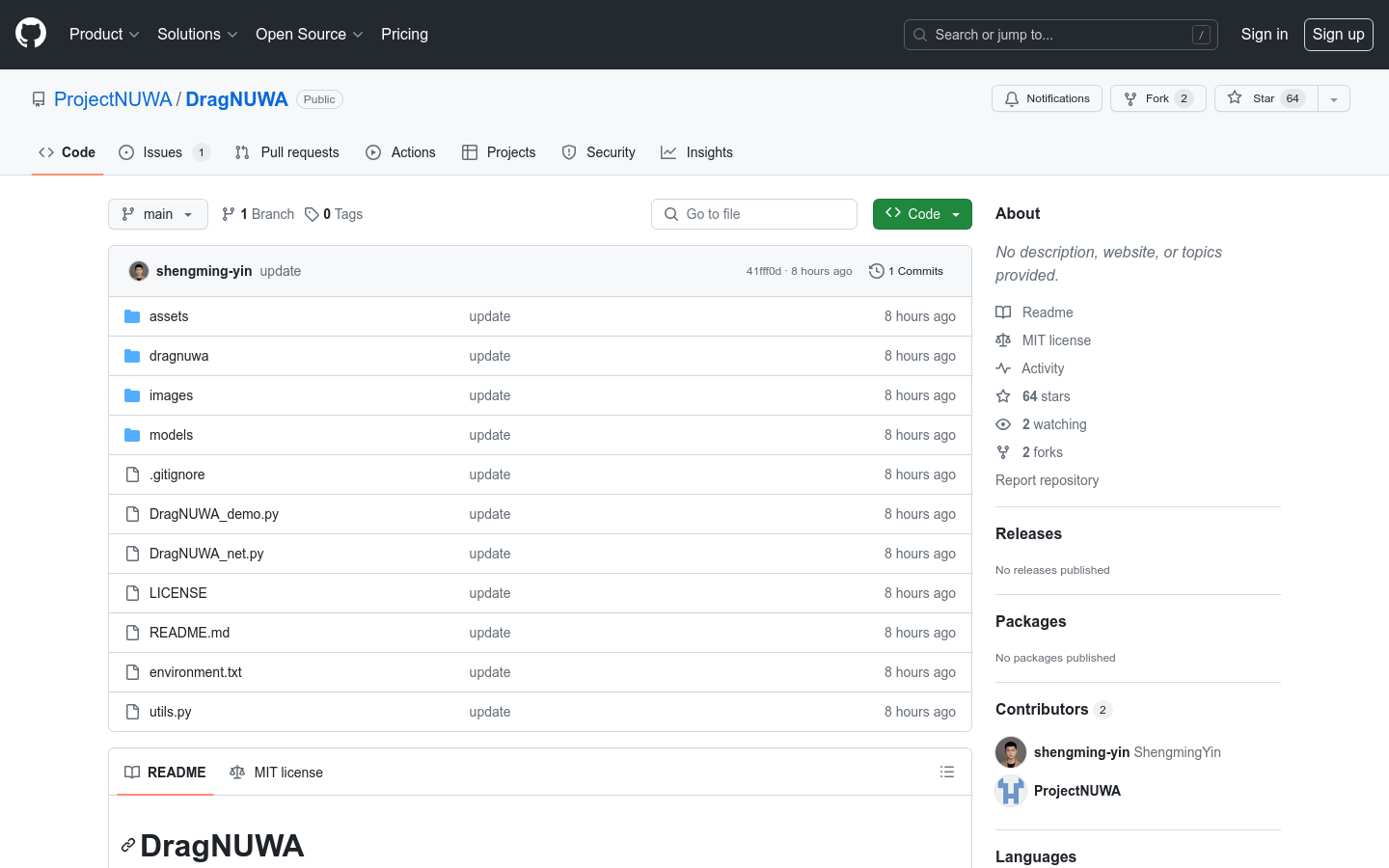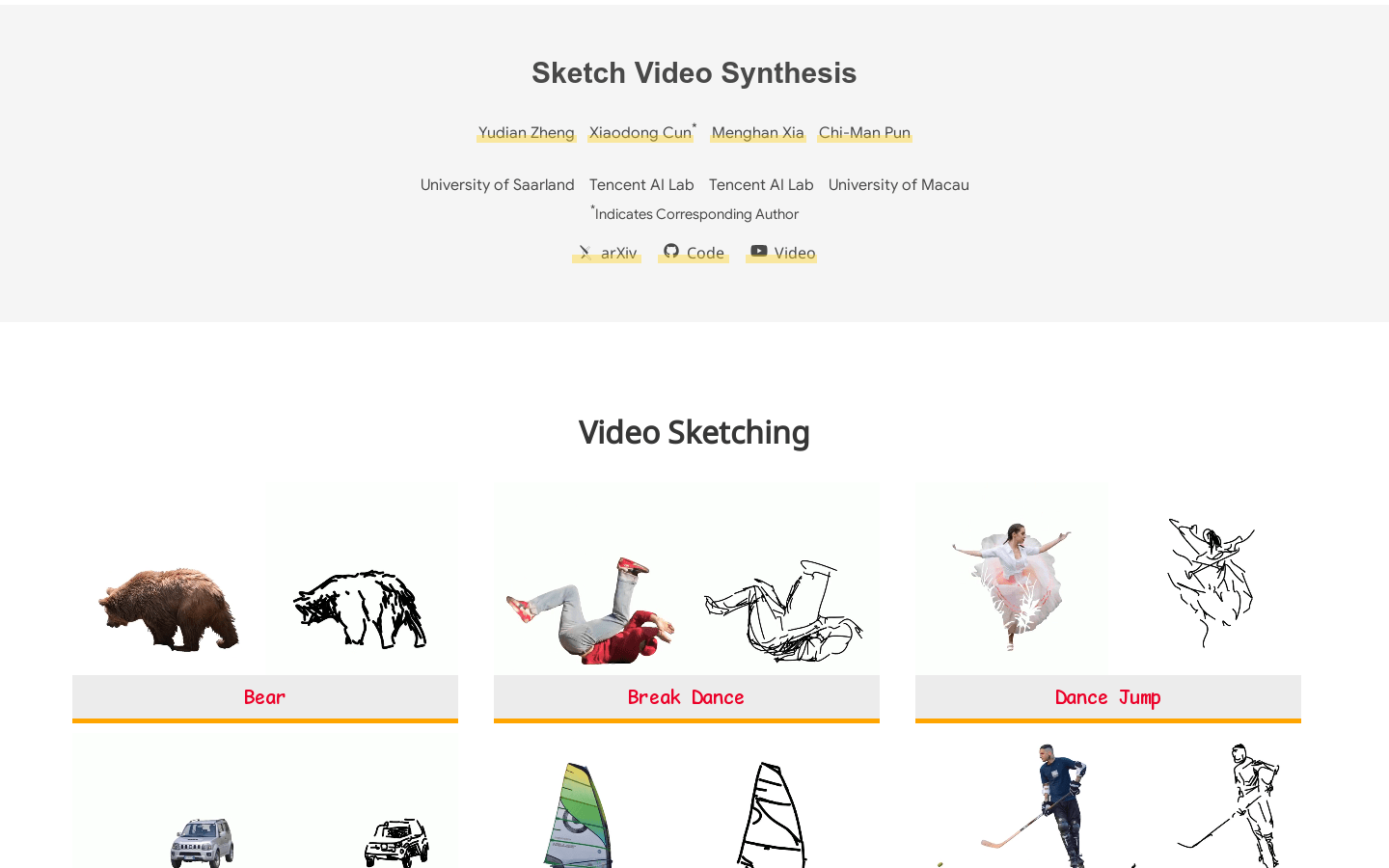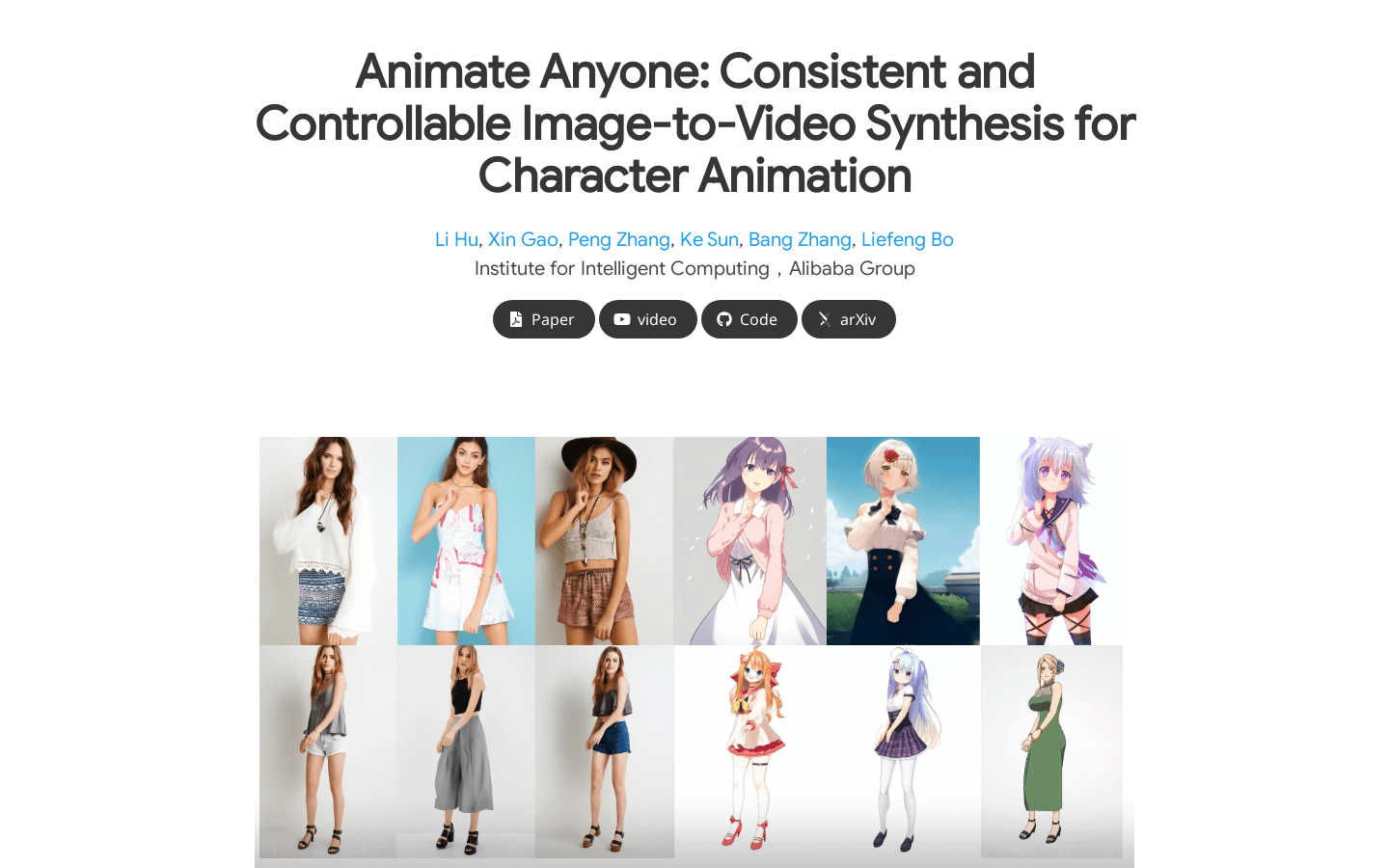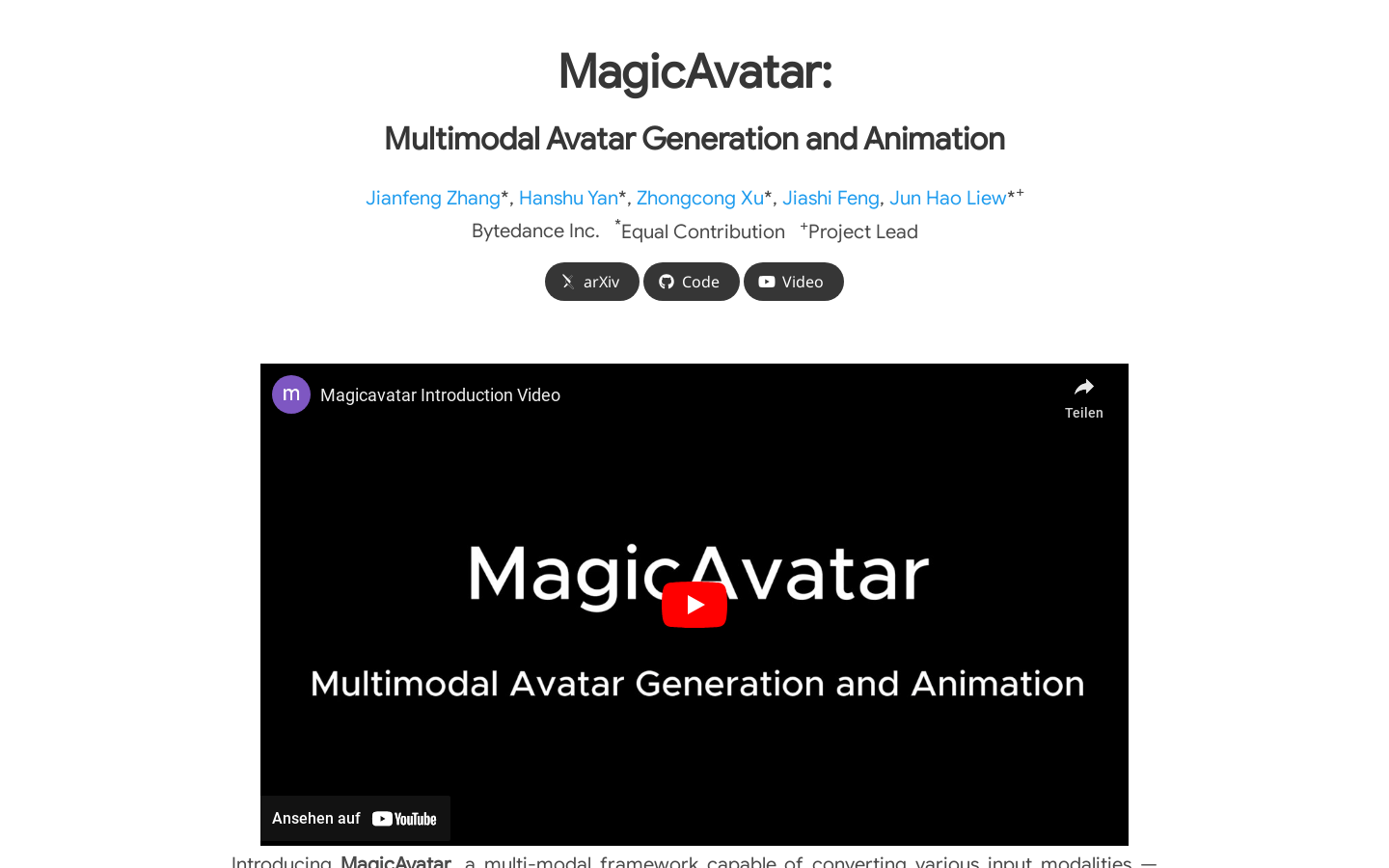🖼️
image Category
AI video generation
Found 45 AI tools
45
tools
Primary Category: image
Subcategory: AI video generation
Found 45 matching tools
Related AI Tools
Click any tool to view details
Related Subcategories
Explore other subcategories under image Other Categories
🖼️
Explore More image Tools
AI video generation Hot image is a popular subcategory under 45 quality AI tools



